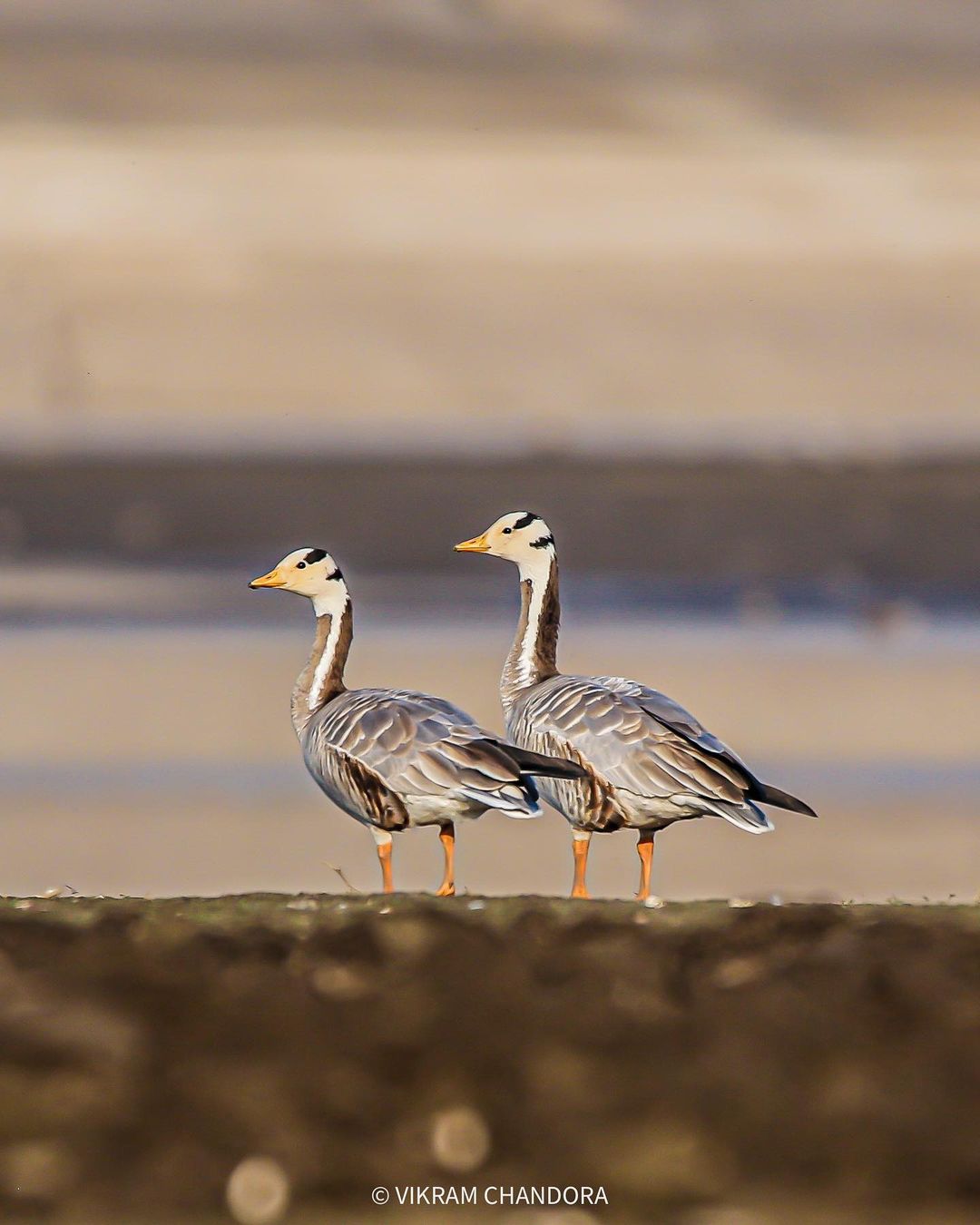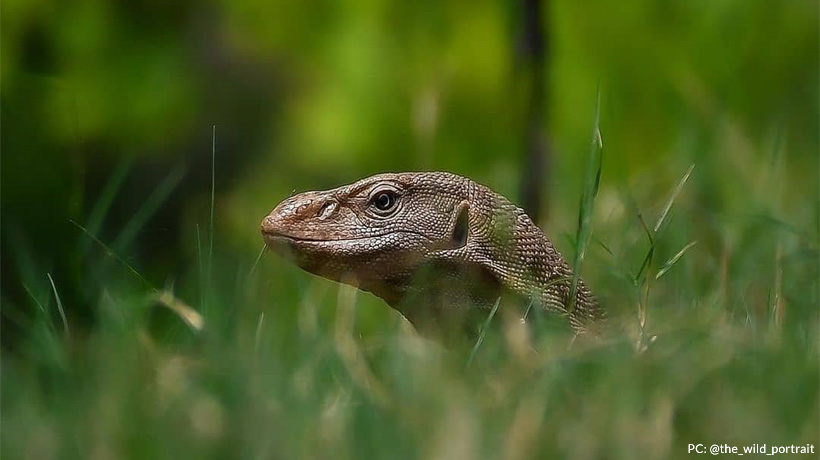Migration refers to the regular, recurrent and cyclic seasonal movement of Birds from one place to another. The distance of Migration may range from some few kilometres to thousands of kilometres. But at the end of the migratory period, birds eventually return to their original endemic place.
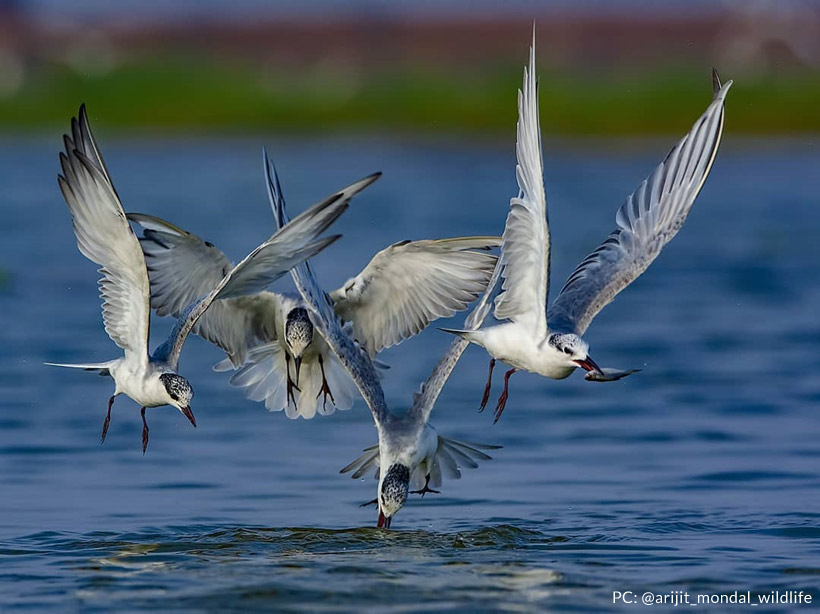
Why Do Birds Migrate ?
- To avoid Adverse Climatic Conditions.
- To manage Food and Water shortage.
- To get a better breeding ground.
- Less competition amongst them.
- For Safer Nesting Places.
Seasons for Migration :
- SUMMER MIGRATION – From April to August.
- WINTER MIGRATION – From September to March.
Migratory Birds Of India :
SUMMER MIGRANTS :
Asian Koel, Eurasian Golden Oriole, Comb Duck, Blue Cheeked Bee-Eater, Blue Tailed Bee-Eater, Cuckoos, Black Crowned Night Heron.
WINTER MIGRANTS :
Siberian Cranes, Greater Flamingos, Wood Sandpiper, Spotted Sandpiper, Northern Shoveler, Rosy Pelican, Bar Headed Goose, Black Tailed Godwit, White Wagtail, Yellow Wagtail, Long Billed Pipit, Demoiselle Cranes, Bluethroat.
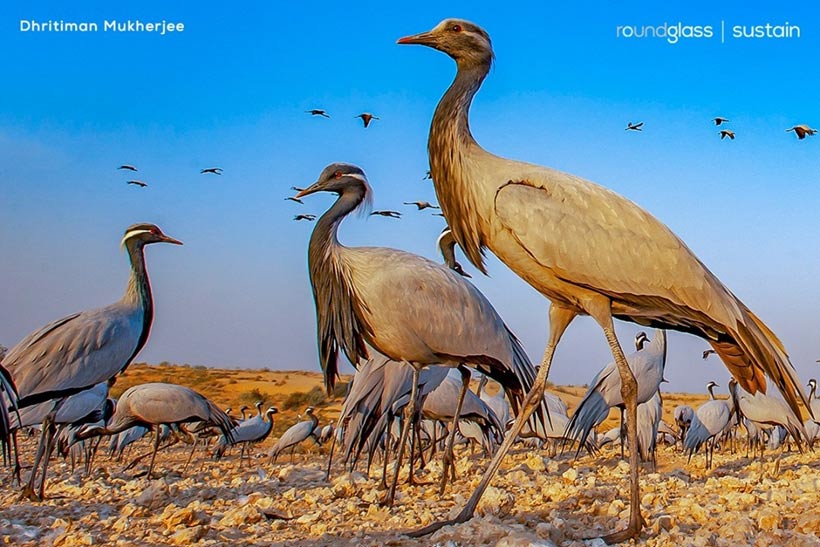
Why do birds fly in V-Pattern ?
As a bird flaps it’s wings, it disturbs the air behind and leaves whirling eddy behind it. Some gregarious species take advantage of the upward sections of these whirls and each bird in the V-Formation stations itself at the correct place, so that the inner wing obtains support from the flight of the bird immediately ahead. Thus, every bird in the flock except the leader, saves energy by using the V-Formation type of Flight.
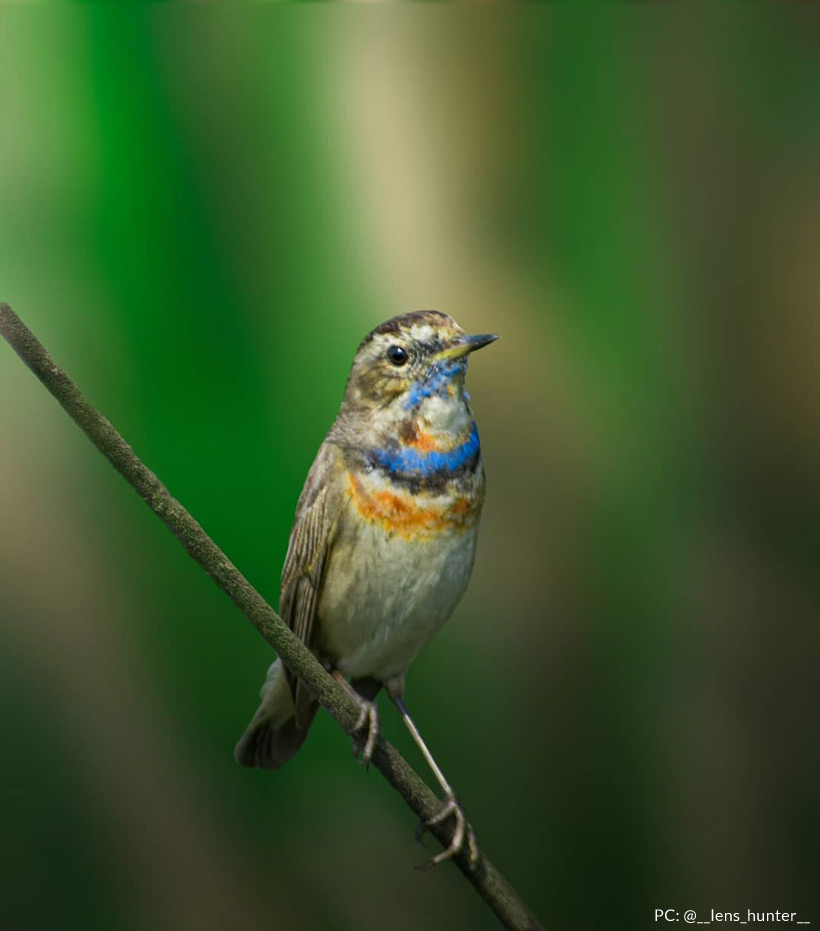
BEST GROUNDS TO HAVE A GLIMPSE OF MIGRANTS IN INDIA :
- Chilika Lake, Odisha : The brackish waters of Chilika Lake are are one of the largest assembling areas for Migratory birds. Around 80-90 migratory species are found here during Winter season. The Nalabana Island, Kalupadaghat Islands and Mangalajodi Islands contribute to a great space for bird watching.
- Keoladev National Park, Rajasthan : Once known as the Bharatpur Bird Sanctuary, the Keoladev Ghana National Park is often called as the “BIRD PARADISE”. Located in Rajasthan, the national park owed an affirmation of “UNESCO WORLD HERITAGE SITE” in 1985. It is also a Ramsar Wetland and hence it attends a huge Avifauna of herons, storks, pelicans, cranes and many more.
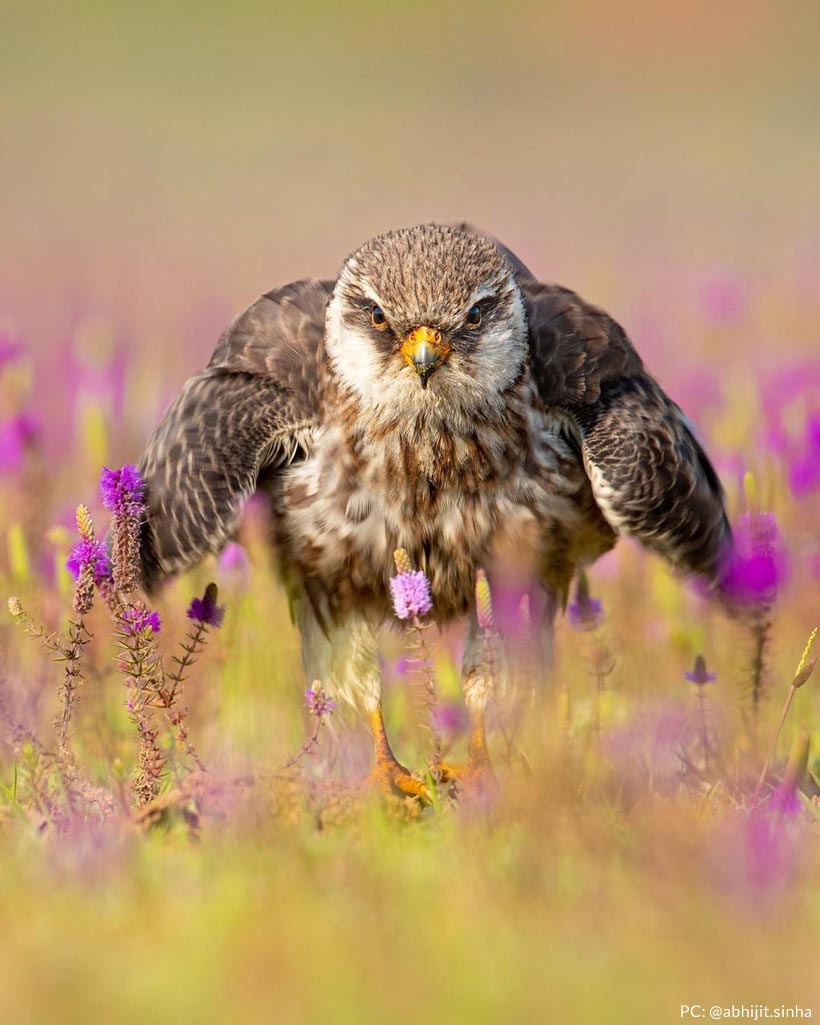
- Nal Sarovar Bird Sanctuary, Gujarat : The Nal Sarovar Bird Sanctuary is one of the largest wetland sanctuaries in Gujarat. It welcomes 200+ migratory birds during the winter season. Some of the migrants to have a sight at the Sanctuary are pelicans, Brahminy ducks, flamingoes, herons etc.
- Sundarbans National Park, West Bengal : Home to the Royal Bengal Tiger, Sundarbans National Park beholds more secrets than it’s swimmer tigers in the world. The Largest Delta of the World hosts migrants like sandpipers, cormorants, storks, seagulls, pintails and white eyed poachard. The pneumatophores of this Mangrove ecosystem tend to intercept the Anthropogenic activities and disturbances that hamper the wildlife. Hence, this national park becomes a Haven for large number of Migratory Birds.
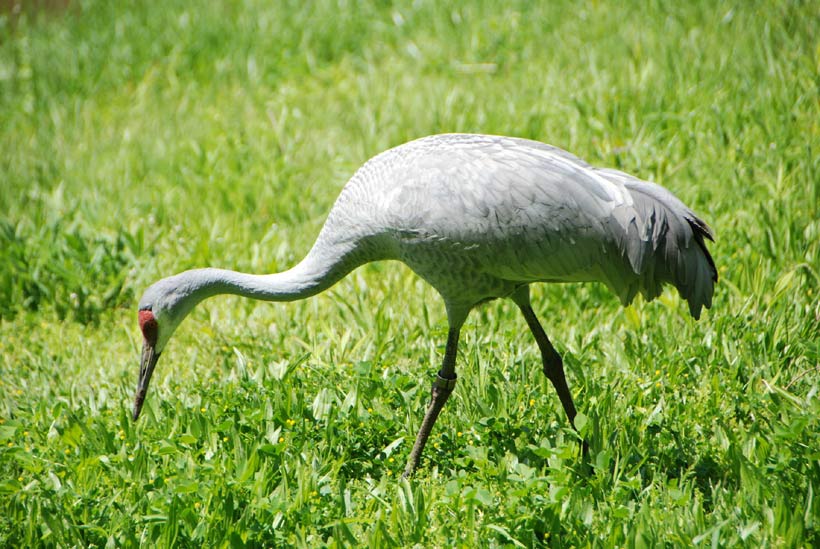
- Kumarakom Bird Sanctuary, Kerala : Kumarakom Bird Sanctuary is situated on the banks of Vembanad Lake, and hence it contributes in making this place a perfect spot for breeding and nesting for many Migratory Birds. The Migratory Gull, Eurasian Teal, Tern and Flycatcher are amongst some of the Migrants to have a glimpse of.
- Little Rann of Kutch, Gujarat : Rann of Kutch is generally imagined as a barren geographic phyical feature. But But the landscape of Little Rann of Kutch and the linking Banni Grasslands make a huge Biosphere for Avifauna such as Demoiselle cranes, very rare Lesser Florican, Greater Hoope, European Roller and Flamingos. The Ecosystem of little Rann of Kutch is also Popular for it’s Indian Wild Ass also known as ‘Gudkhar’, that one can only spot here.
A MISCELLANEOUS FACT : Bar Headed Geese are one of the highest flying Migratory Birds. They are known for soaring extreme altitudes of Himalayas, when coming to Indian grounds.
